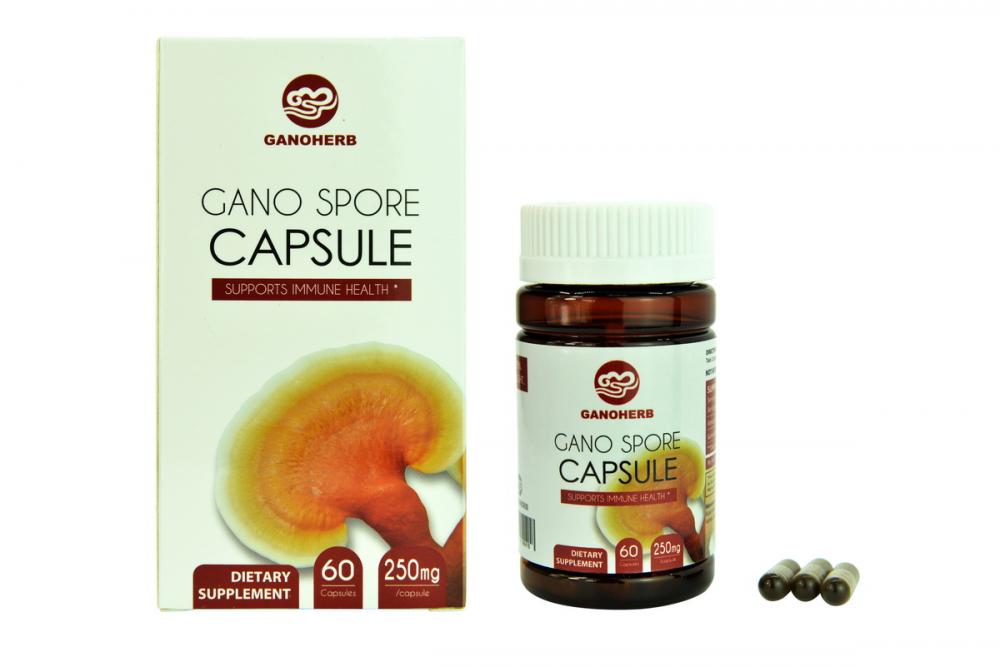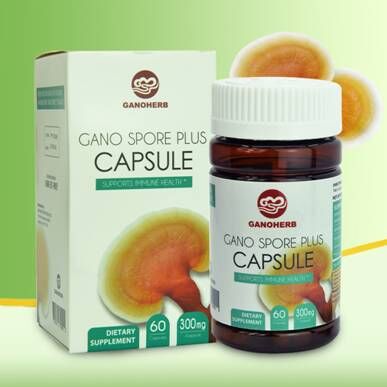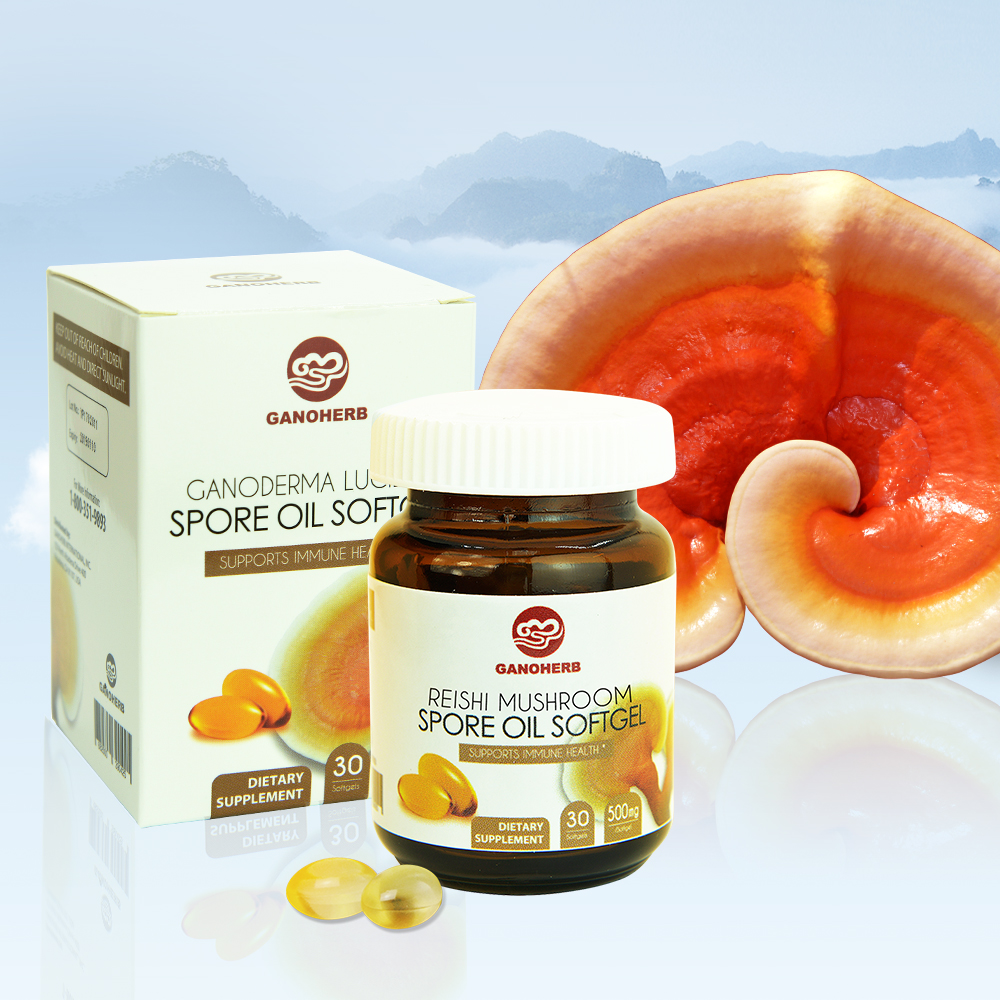Rice black sclerotium rot rot rice a fungal disease at the base of the adult stem, also known as rice stem decay or peococcal nuclear disease. The pathogenic bacteria invade the base of the stem, forming elliptic or spheroidal black spots, and then expanding to the entire leaf sheath. There are also large black spots on the stem. The stem base decays later, the plants are blue and dry, and there are a large number of small spherical black particles in the stem cavity. Sclerotia. The mature sclerotia is overwintered in the diseased straw or soil, and attached to the base of the seedling when it is planted, and the hyphae invade the parasite from the base of the wound or sheath. The pathogens were weak parasites, and they were high in temperature and humidity. Therefore, the lesions in the panicle stage were heavier than those in the early stage. The plots with more rice planthoppers were heavier and often caused compound infection. Control methods: It is necessary to strengthen the management of fertilizers and waters, combine pest control and disease prevention, and supplement spraying at a timely manner. Agents: 50% thiophanate WP 500 times; 50% carbendazim WP 1500 times; 75% chlorothalonil WP 600 times; or 50% cebutan WP 500 times Liquid; or 1:0.5 to 0.8:300 Bordeaux spray, spray once every 5 to 7 days.
Ganoderma capsule (Reishi capsule/Lingzhi
capsule) is made of USDA certified organic Ganoderma Lucidum spore powder. The
Ganoderma used for this product is 100% organic and comes from our self-built
Ganoderma farm, which has acquired 4 organic certificates from China, Japan,
the US and the EU. During the cultivation process, not any pesticide,
herbicide, or chemical fertilizer was used at all. The capsule shell we used is
called Vcap vegetable capsule shell which is made of 100% plant fiber and is
more stable and safer compared to regular gelatin capsule. GanoHerb guarantees
that all of our product do not contain any additive, hormone, or chemically
synthesized matter.
The Ganoderma spore powder inside the capsule
is rich in Ganoderma Lucidum polysaccharides and triterpenes, which help
enhance overall immunity, preventing
diseases and infections. In order to make the nutrients inside can be easily
absorbed by human body and prevent oxidation at the same time, we use a
patented technology called low temperature physical shell-breaking technology
to break the cell wall of the spore powder. The wall-broken rate can reach as
high as 99.5%.
Reishi capsule are easy to carry and use. Simply
consume it with warm water. The recommended dosage is 2 times a day and 3-4
capsules each time. It is suitable for all people especially people with low
immunity and under high pressure.
Ganoderma lucidum spore oil softgel (Reishi Mushroom spore oil softgel) uses organic shell-broken Ganoderma
spore powder as ingredients, combined with our patented supercritical CO2 extraction
technology, making it the ultimate Ganoderma dietary supplement product on the
market with the highest purity.
Ganoderma Capsule Ganoderma Capsule,Ganoderma Extract Capsule,Ganoderma Herbal Capsule,Ganoderma Lucidum Capsule Ganoherb International Inc , http://www.ganoherb.com
A Bacterial Disease in Rice Leaves of Rice Bacterial Blight. The bacteria invade from the wounds and water holes in the roots, stems, and leaves, and is bred in the conduits of vascular bundles. The seedling or childbirth period is the most vulnerable. The leaves of the seedlings showed symptoms of leaf blight. Most of the infected species had symptoms of acute leaf blight and brownish patches appeared on resistant varieties. The pathogenicity of pathogens varies from region to region. The development of pathogenic bacteria is suitable for 26 to 30 degrees in temperature. Overwintering on the diseased body, rice germs can also be transmitted by wind and rain. Excessive nitrogenous fertilizers and low-lying waterlogged fields are early and heavy. After the typhoon storm, the disease often spread rapidly on susceptible varieties. Prevention and control measures: The selection of planting disease-resistant varieties to prevent flooding of paddy fields is the key to disease prevention, and combined with chemical control, 20% or 25% of Ye Qingshuang (Ping Yun Ning) WP powdered mu 100-150 g, 25 kg water spray In the initial stage of disease onset, the blockage center was sprayed once, and then sprayed once every 7-10 days.
A virus disease on a rice dwarf disease rice seedling. The virus is granulose-shaped, and the virus-mediated mediators are black-tailed leafhoppers, electro-optic leafhoppers, and large-leafed black-tailed leafhoppers. They follow the field for 14 to 20 days. The disease can be proliferated in the body of the insect and transmitted to the offspring through the egg. The virus has a wide parasitic range, the diseased plant is dwarfed, less than 1/2 of the normal height, the tillering is increased, the leaf color is dark and green, the leaves are stiff, and the leaf sheath is yellow White intermittent dots, parallel to veins, occasionally scattered. Plants that were affected during the tillering and seedling stages were dwarfed and did not produce heading. After heading infection, the fertility rate and 1000-grain weight decreased. The roots of the diseased plants are stunted and most of them are old and decayed. There is a large difference in disease resistance among varieties. Prevention and control of virus-mediated mediators are the key to disease prevention. There are 10% of insecticides for insecticides, 40% of omethoate, 25% of insecticidal water-repellent agent, 200-250 ml per mu, and 50 of water. Kilogram spray, 80% killing powder mu dosage of 30 to 50 grams, 25 kg of water spray, 50% dan wettable powder mu dosage of 75 to 100 grams, 50 kg of water spray. There are agents for the prevention and treatment of viral diseases such as virus A and phytosanitary diseases.
Bakanae disease, also called white culm disease, is a kind of fungal disease in rice aboveground. From the seedling stage to the heading stage can be the disease. Diseased plants are long, thin, yellow, usually 3 to 10 cm taller than healthy plants, and are easily identifiable. The roots of the diseased plants often have inverted roots and pink mold. The germ development is suitable for about 25°C, and the seeds carry bacteria. The selection of disease-free seeds or soaking with a pesticide before sowing is a key measure for prevention and control. Chemical control with sclerotium stem rot.
Rice Sheath Blight is applied to the diseased paddy fields and the rate of strains of booting diseases should be controlled at 30% to 40%. The liquid medicine should be sprayed on the lower part of the rice plant. Using the pouring method, the field should be kept in a shallow water layer of 3 cm to 5 cm. When applying jinggangmycin, it is best to perform it in the sunny days after the rain, or when there is no heavy rain within two hours after the application. Mu with 50,000 units about Jinggangmycin 200 ~ 250 ml, or 25 grams of Jinggangmycin high-concentration powder, 100 kg of conventional spray on the water, or 400 kilograms of water pouring, or 20% with a net dry can be Wet powder 40 g water 50 kg spray or 20% triadimefon 50-75 ml water 50-60 kg spray. Emphasis is placed on the base of the stem, and the severely affected area is sprayed once every 7-10 days.
Rice locusts focus on the prevention and control of 2nd generation 2 larvae and 2nd generation 3 larvae in some areas, and focus on the paddy fields where rice is in the stage from the booting to the full ear. Mu with 50% insecticidal double granules 1 kg to 1.5 kg scattered, but also can be 25% of insecticide double water agent 150 ml to 200 ml, or 25% of insecticidal double water agent 100 ml plus BT emulsion 100 ml, any Choose a conventional spray of 60kg to 75kg for water or a low spray of 5kg to 7.5kg for water.
Rice planthoppers should master the peak period of small nymphs and control the pesticide application when the amount of each ectoparasite is more than 1,500. Spraying should start from around the field, from the outside to the inside, the implementation of cofferdam. Spraying should be even and thoughtful, pay attention to spray the liquid in the lower part of the rice plant, use bufalin wettable powder 20g-25g, or 25% eucalyptus wettable powder 20g-25g, or 20% leaves Emulsifiable concentrate 150 ml, optionally one, sprays 75 kg to 100 kg of water on a regular basis, or 5 kg to 7.5 kg of water on a low spray.
Rice borers grasp the flourishing period of young larvae, spraying 10 to 20 per hundred clusters of rice, 70% crystals of trichlorfon 75 grams to 100 grams per mu, or 50% of killer pine oil 100 ml to 250 ml. Or 150 ml to 200 ml of BT emulsion, optionally one, sprays 75 kg to 100 kg of water on a regular basis, or 5 kg to 7.5 kg of water on a low spray.
In the stage of young larvae, rice leaf roller was applied to 15 to 20 primaries per 100 clusters of rice, or to 20 insects per hundred in the ear stage. Mu with 25% of insecticidal double water agent 150 ml to 200 ml, or 50% of 72 ml of camphor pine EC, optionally 60 kg to 72 kg of water, conventional spray, application is appropriate in the evening.


